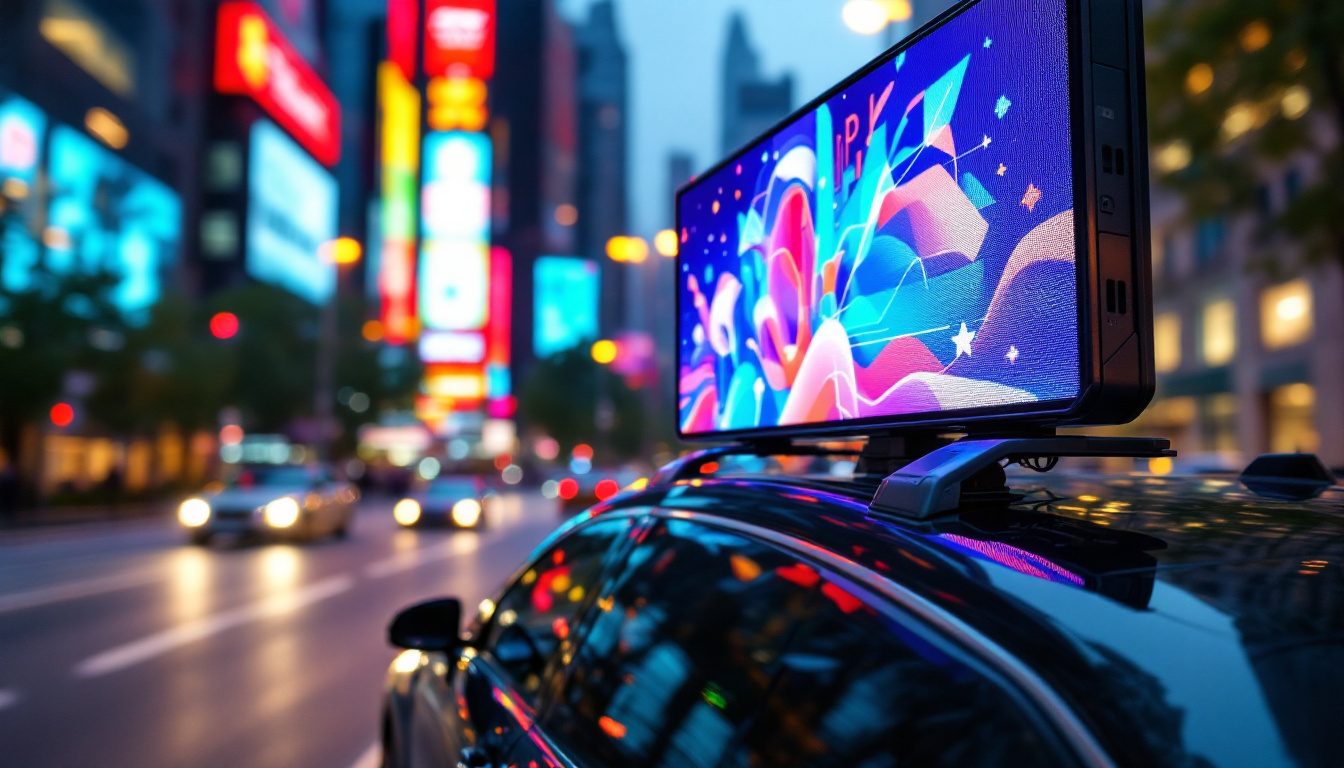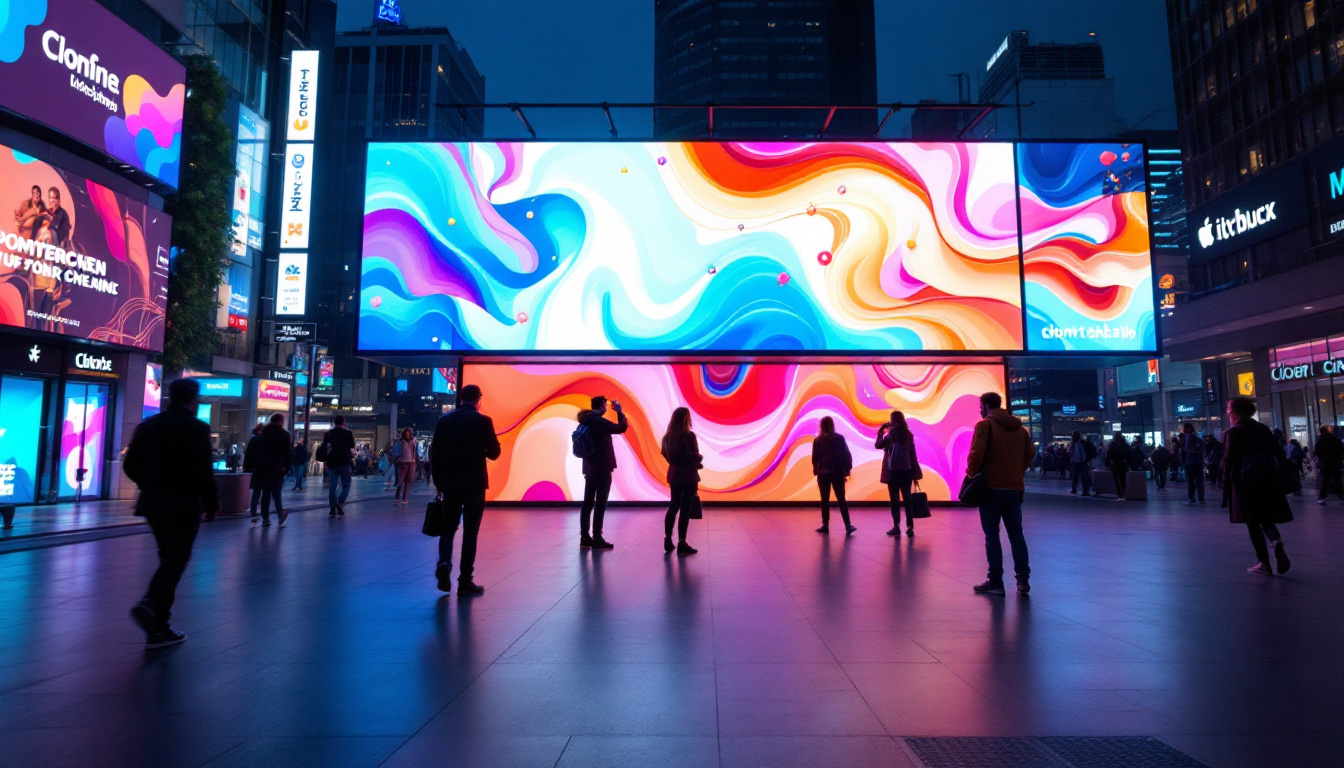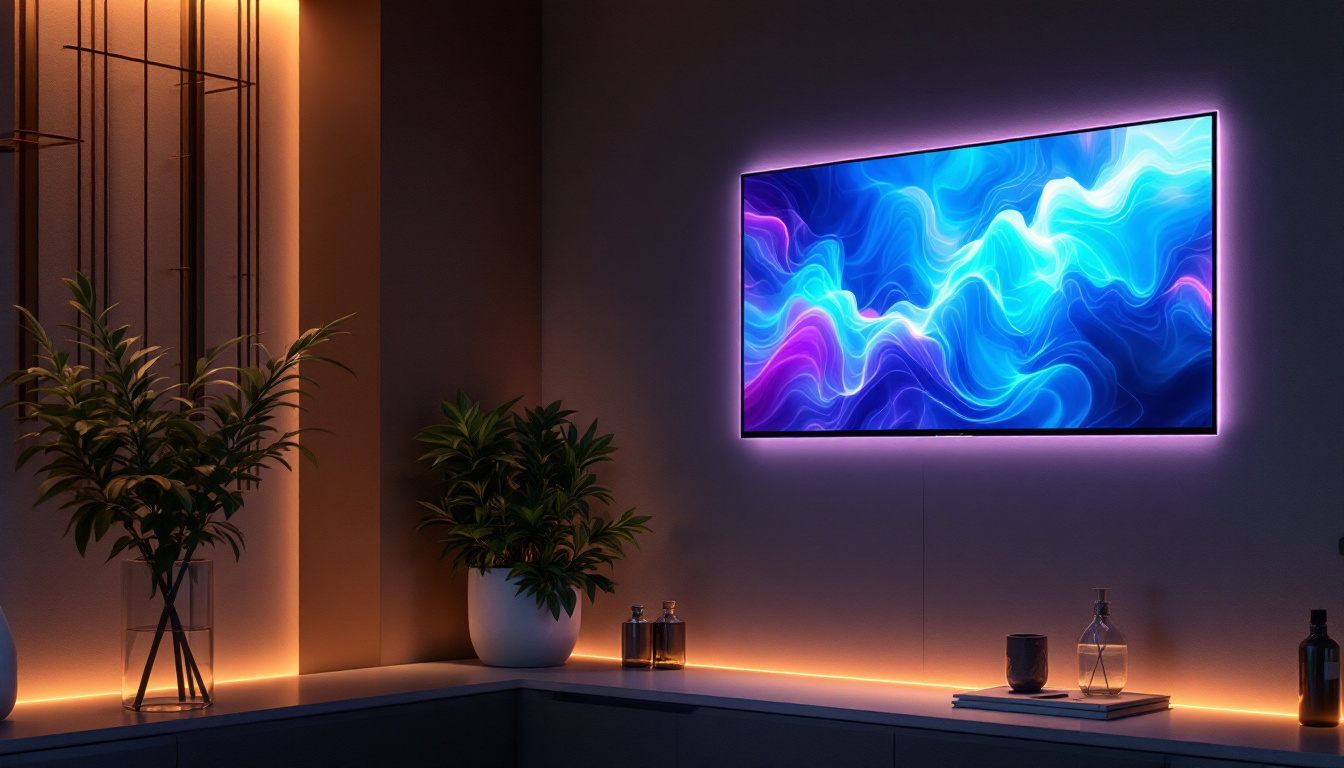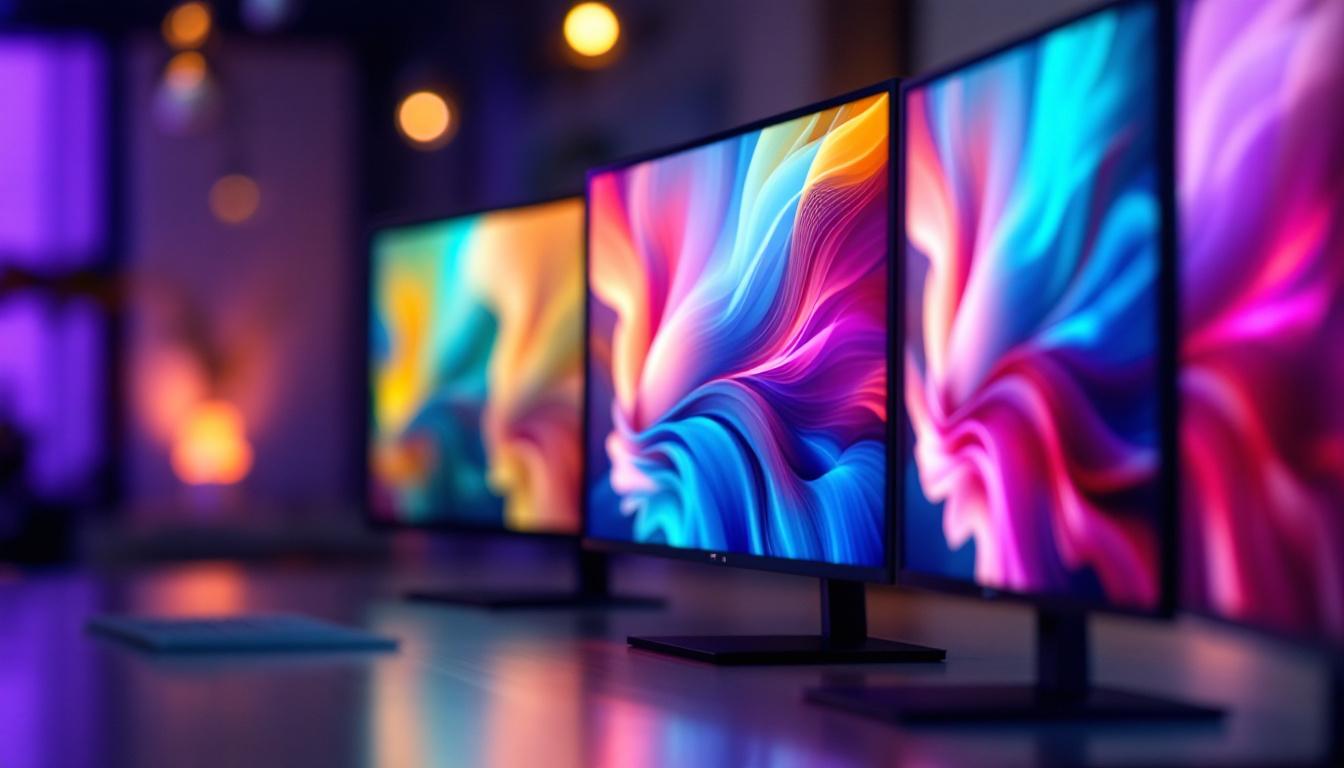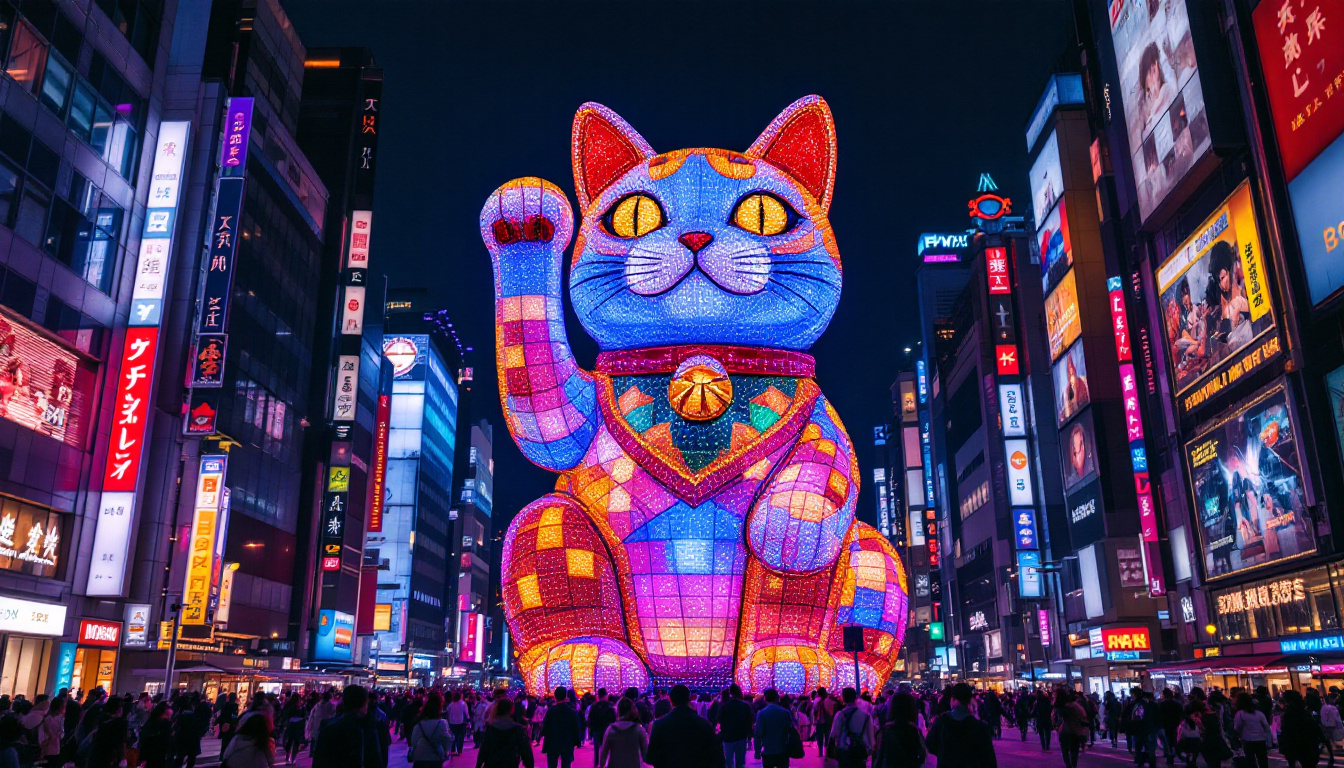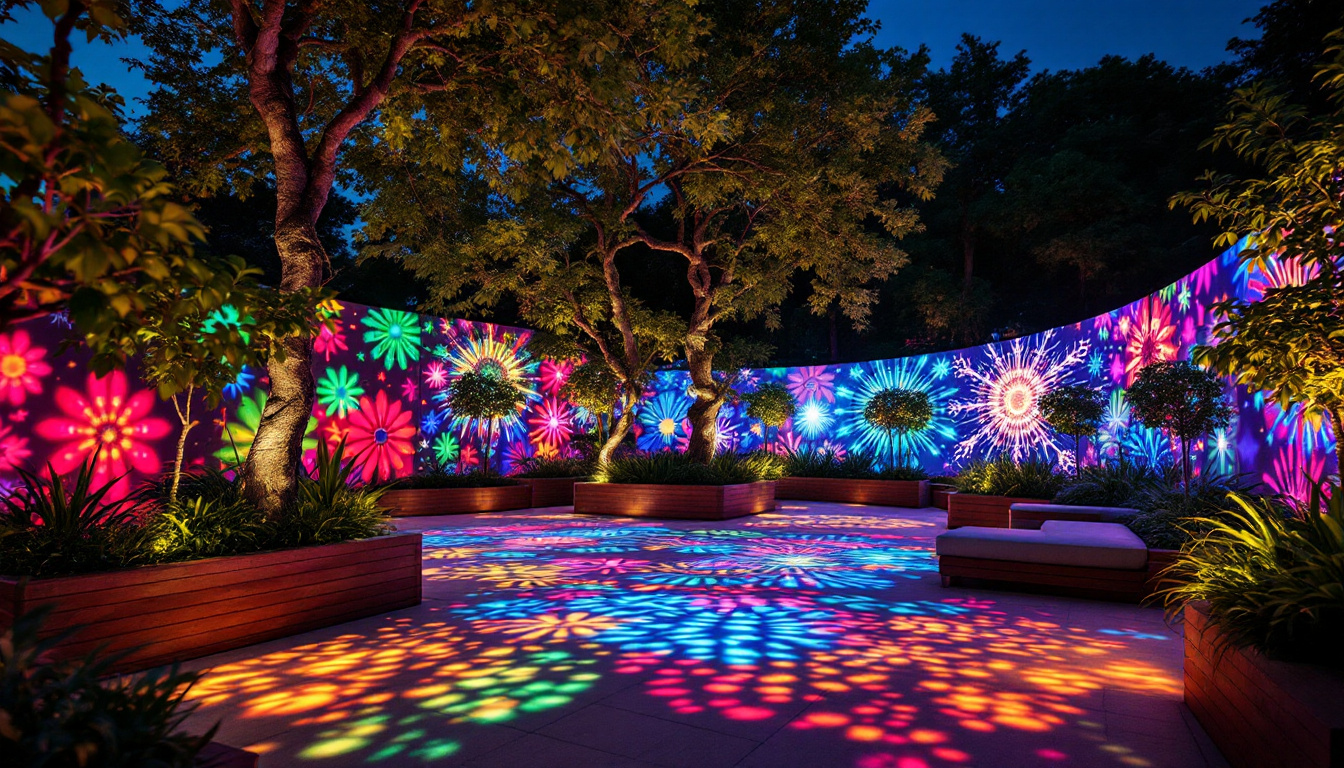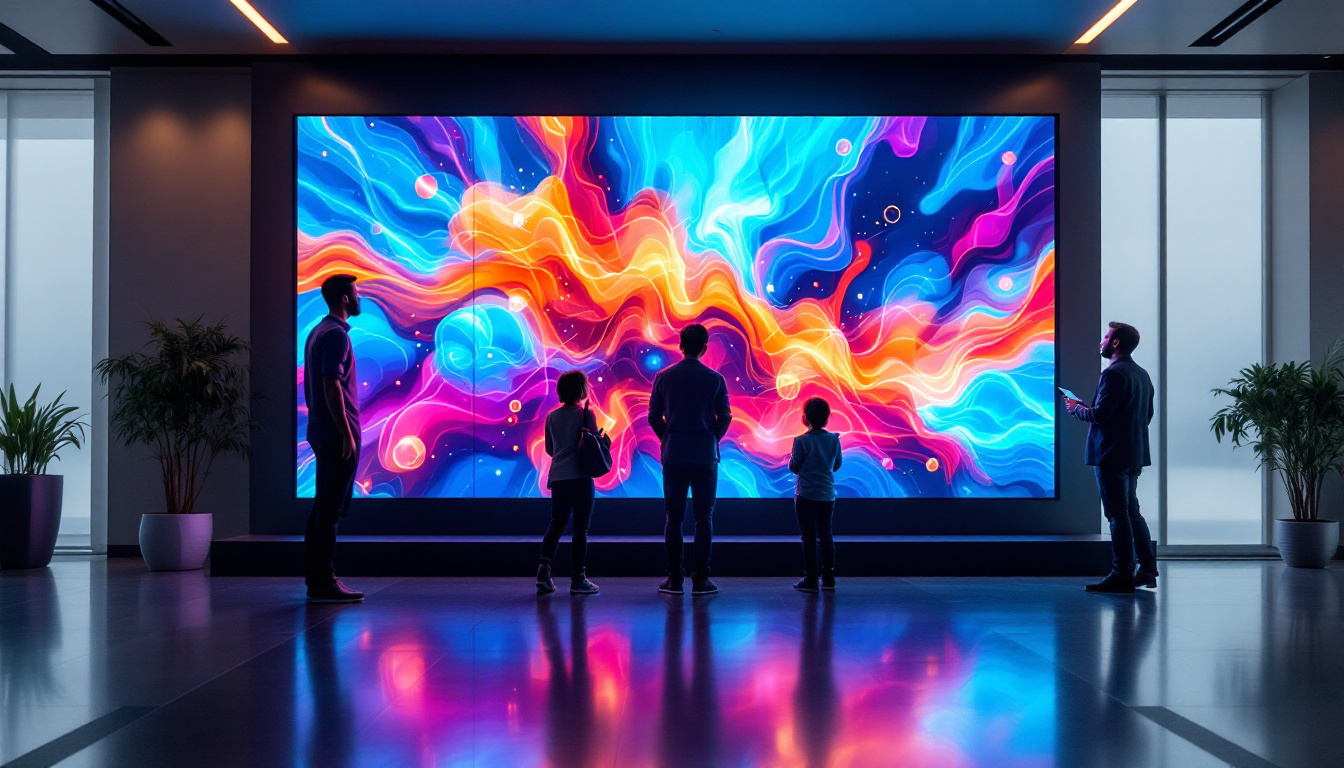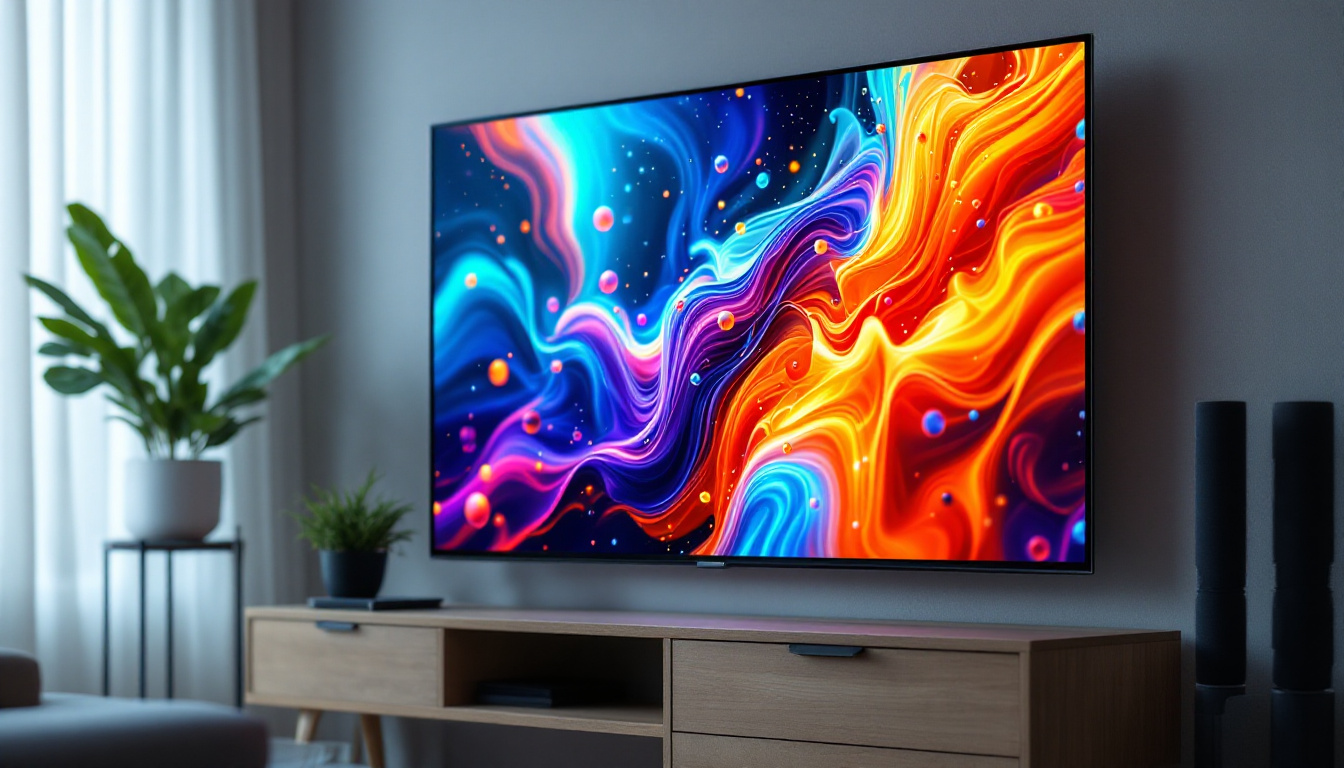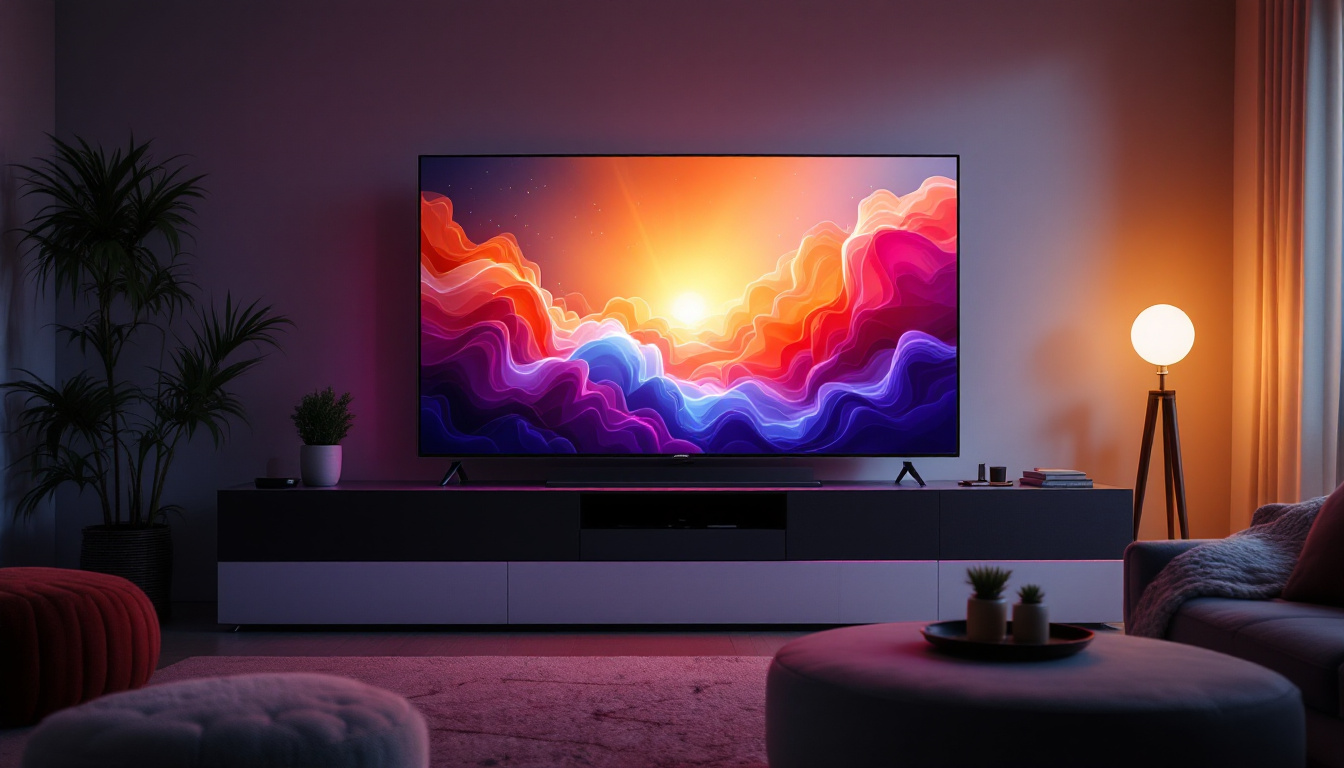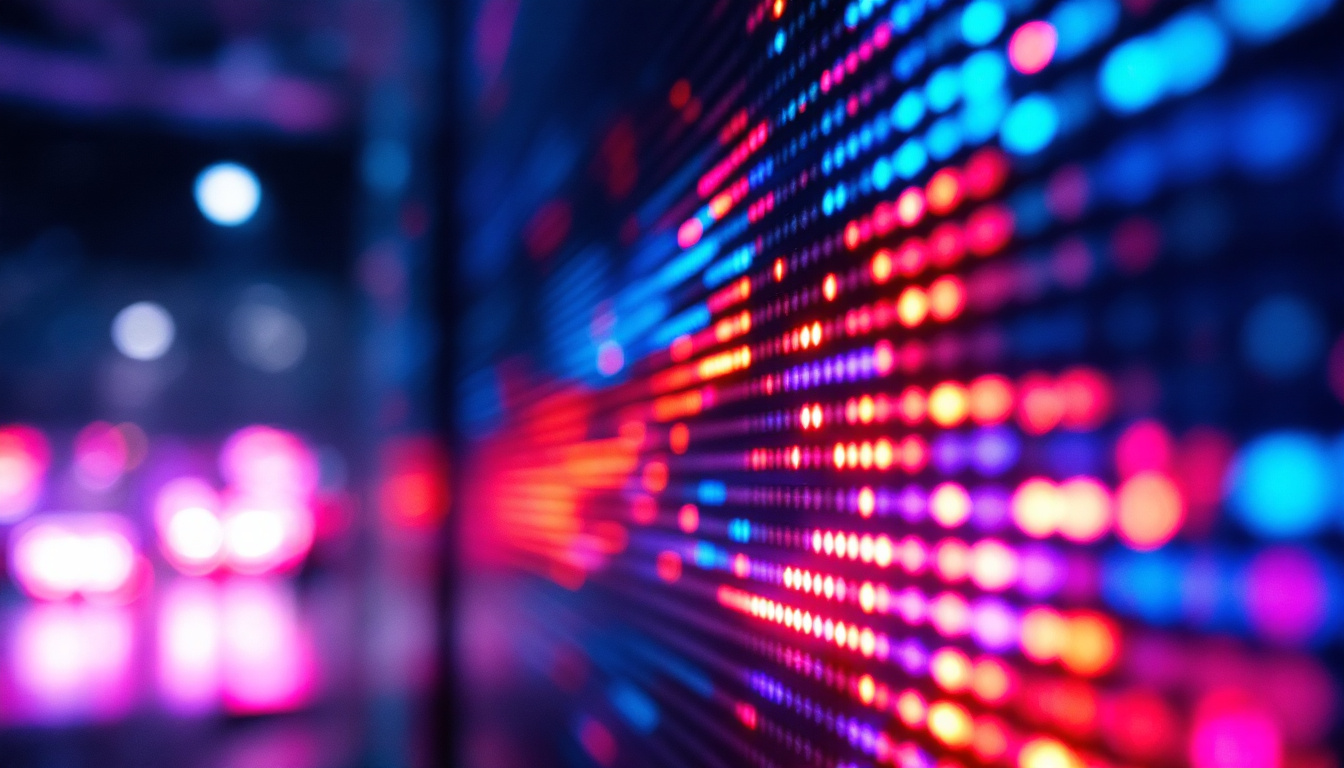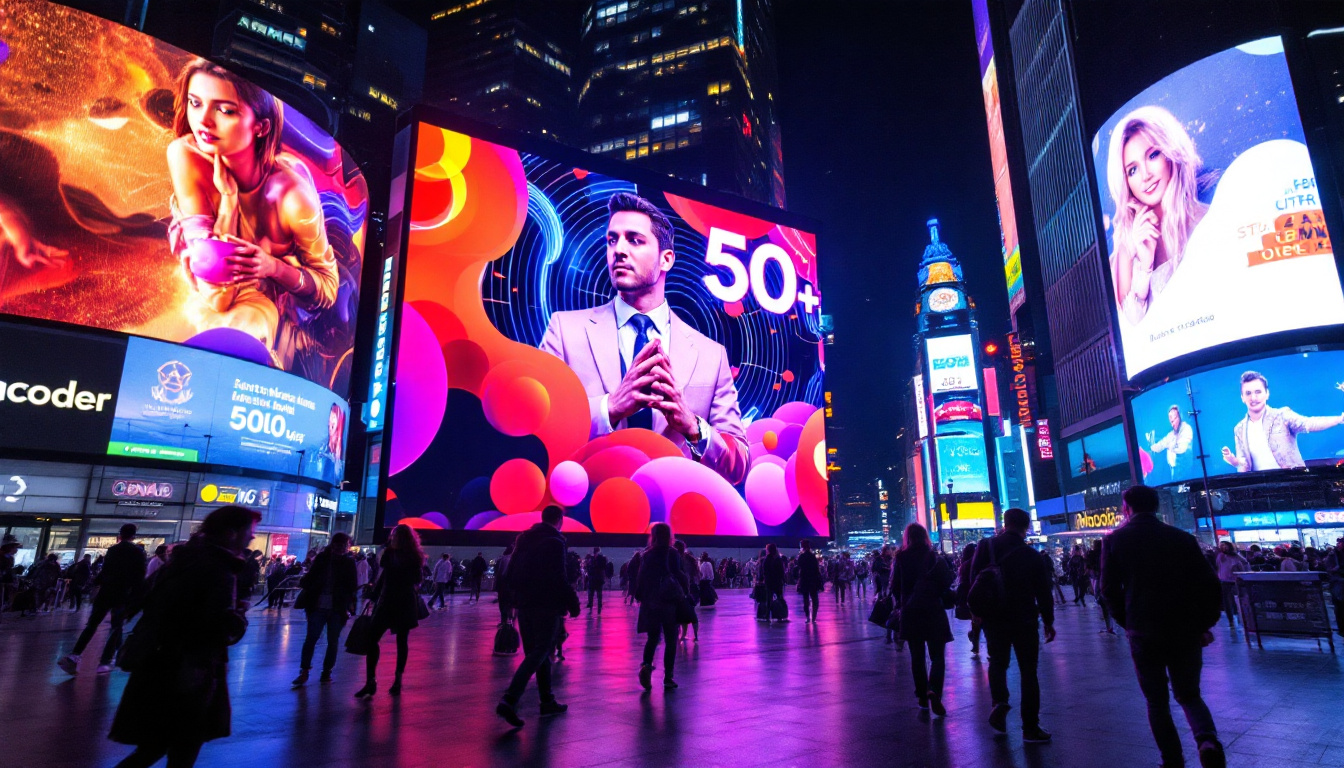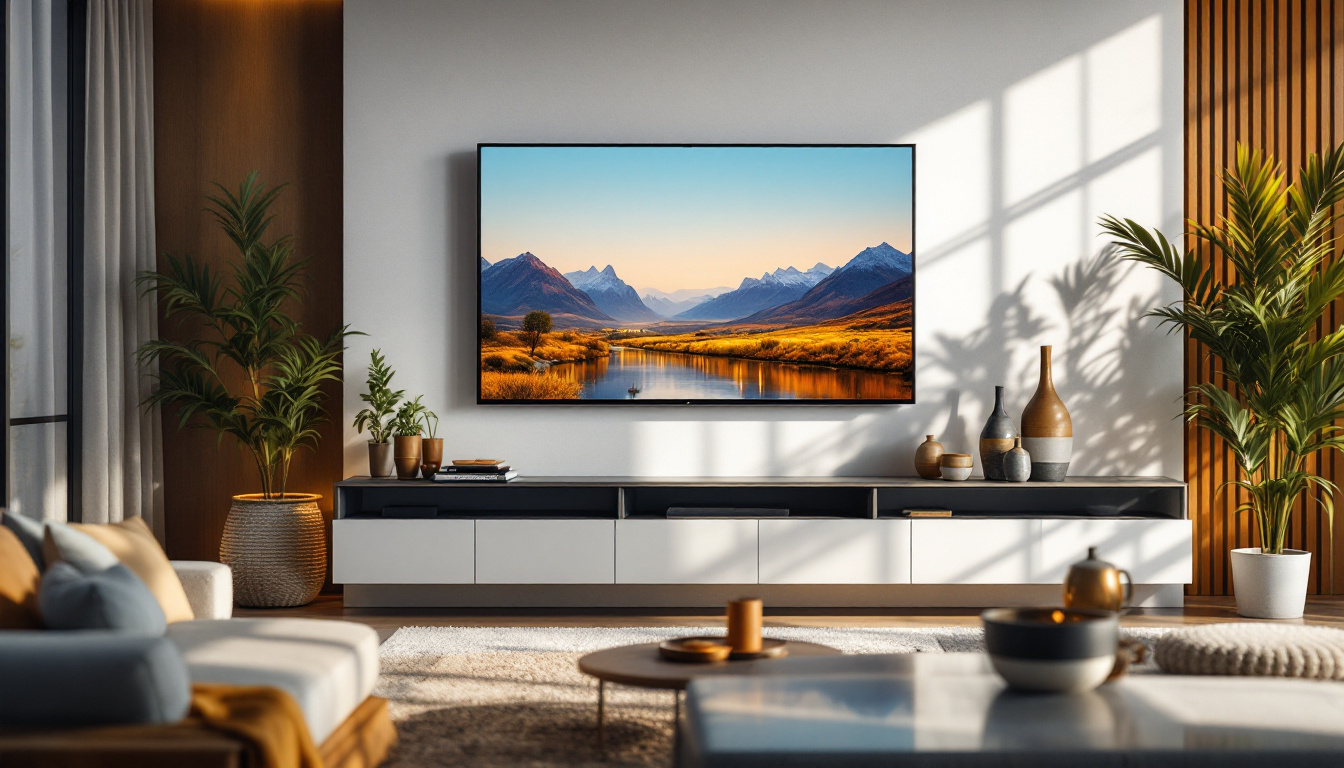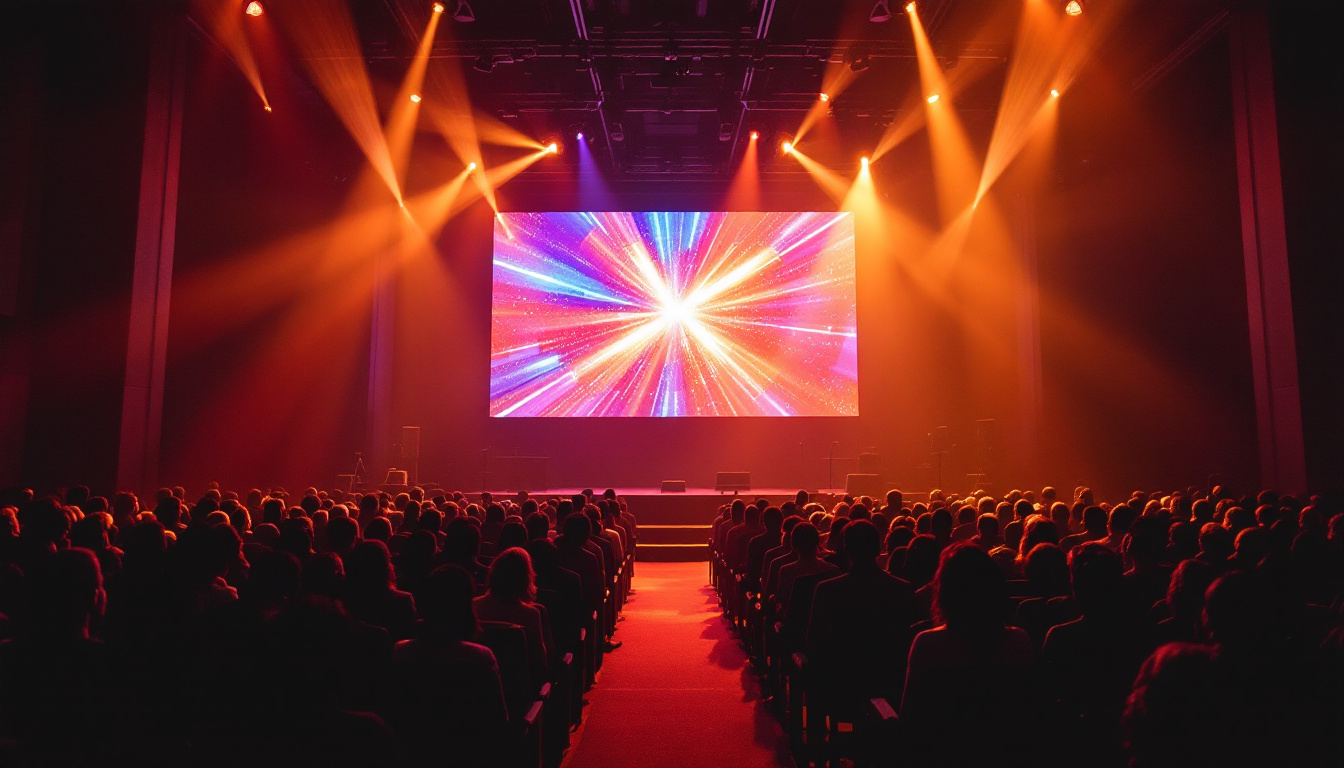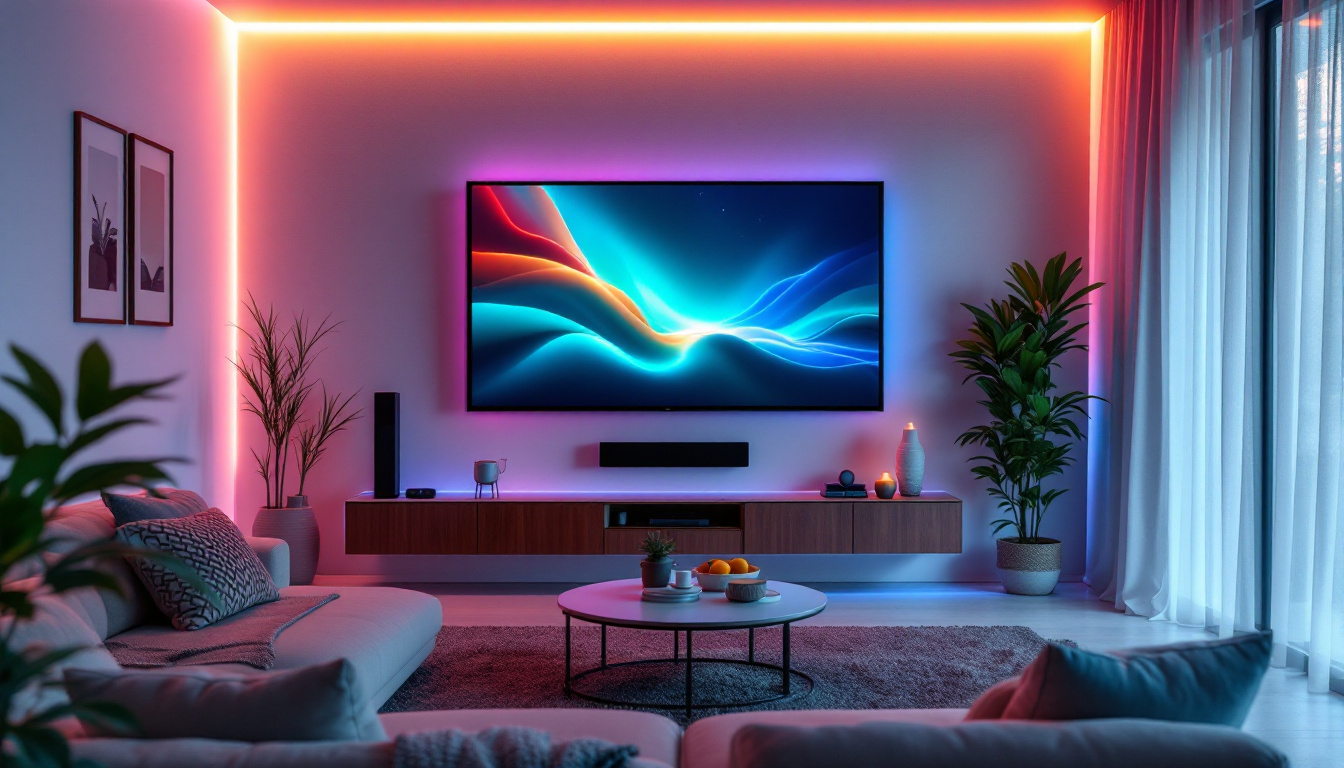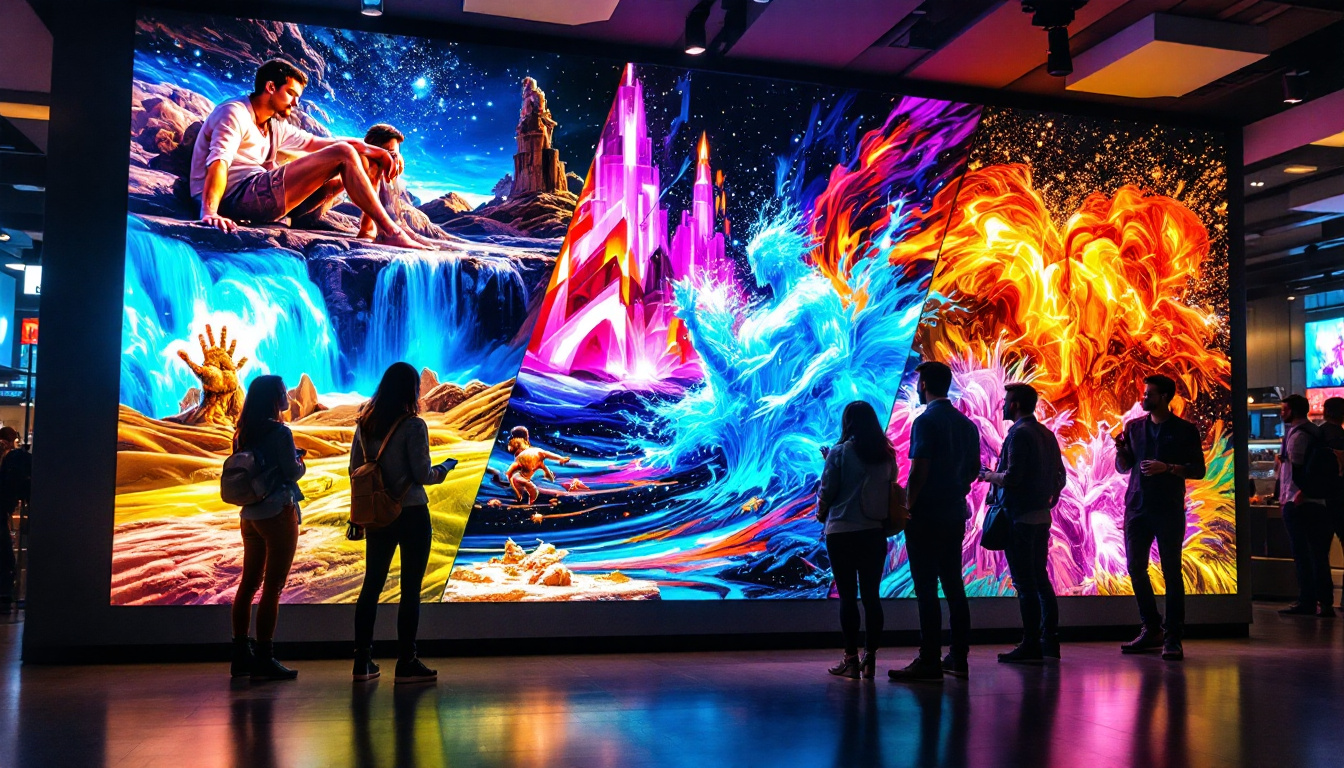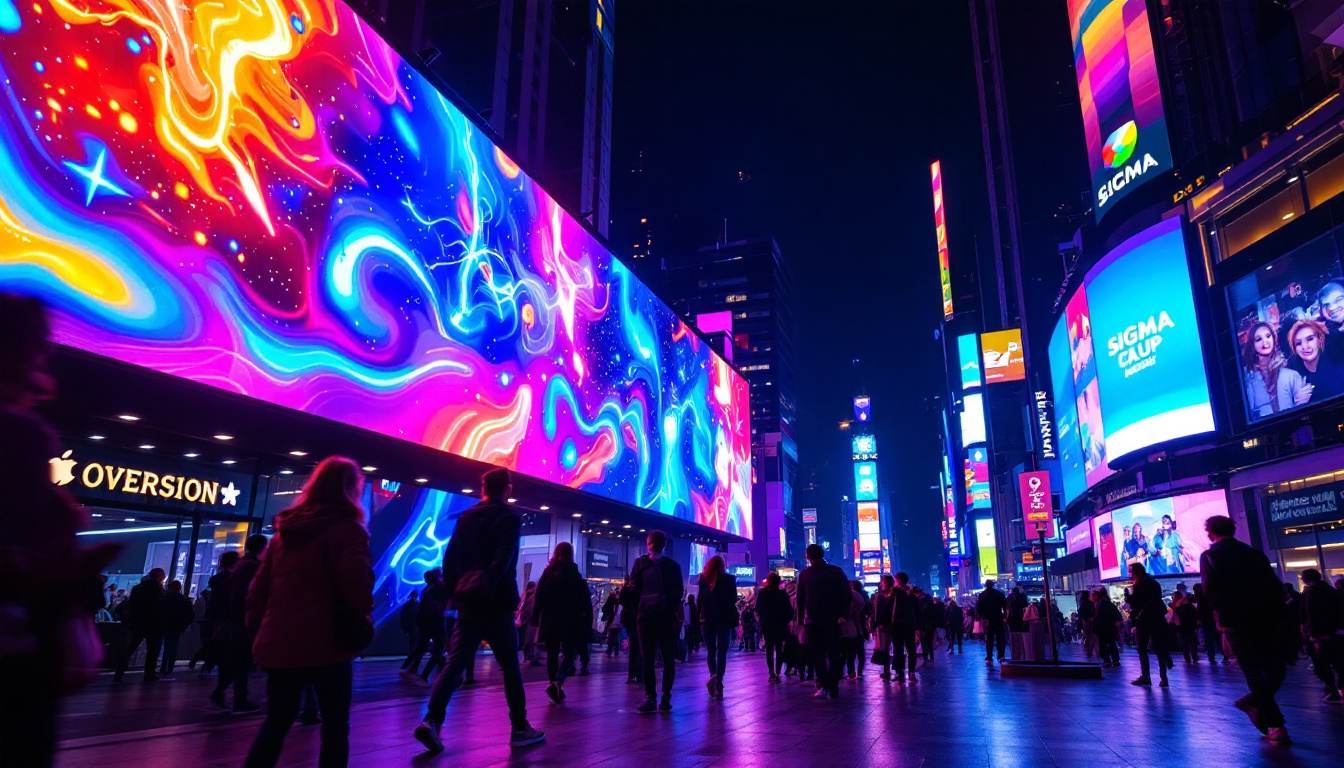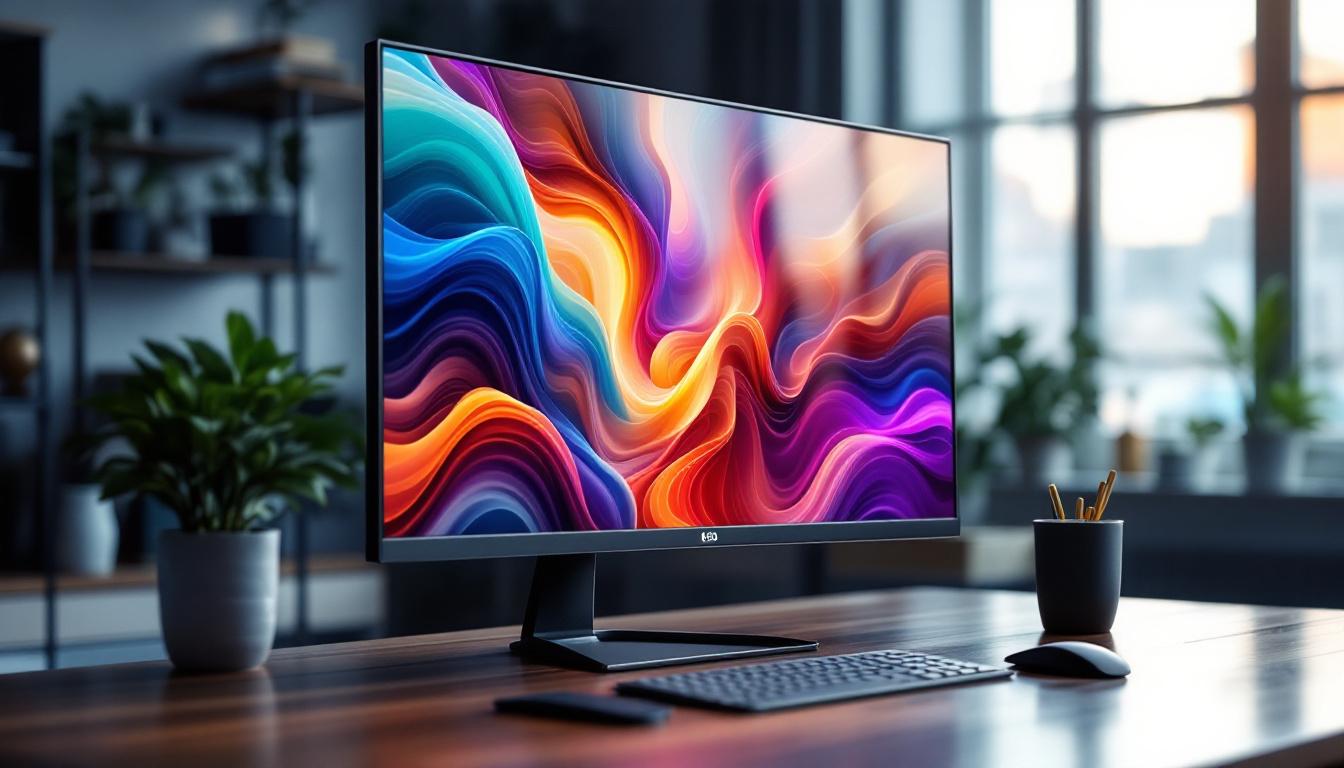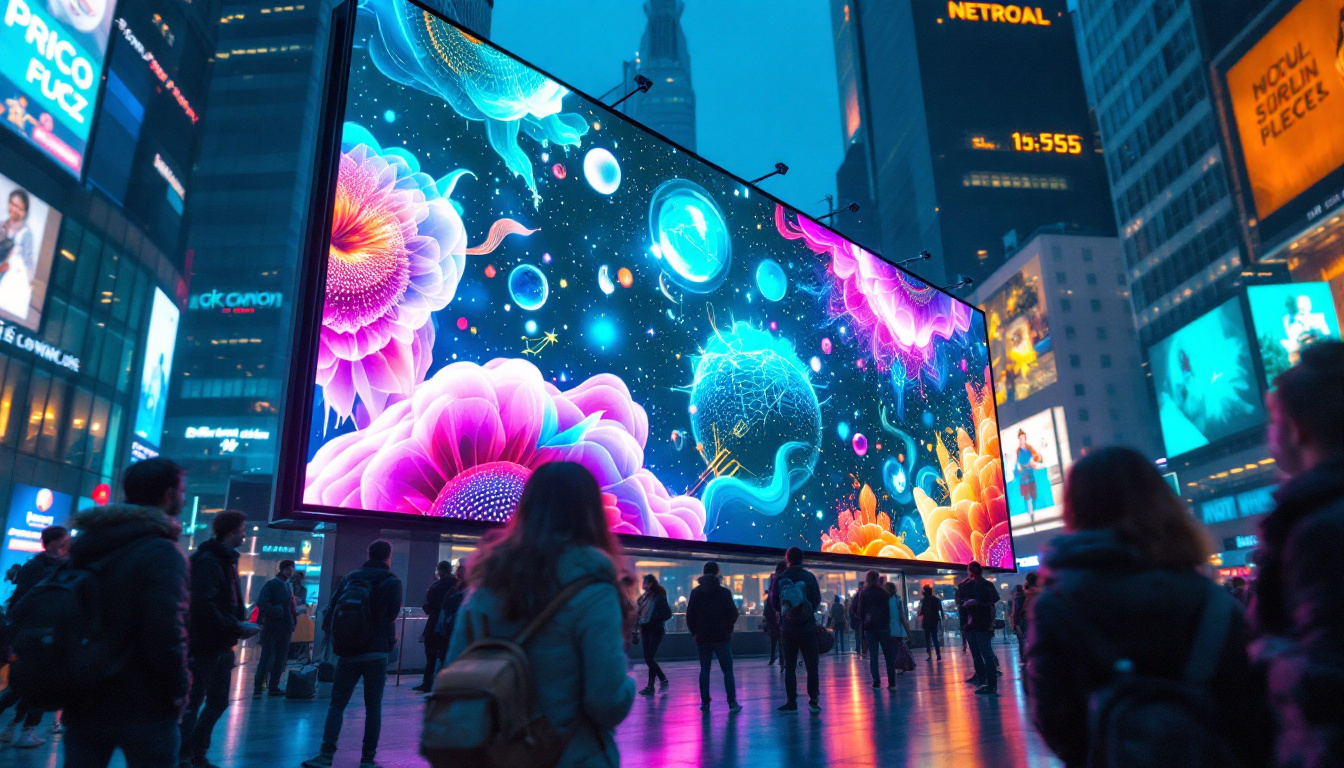In recent years, LED display screens have revolutionized the way information is conveyed in various sectors, including automotive. The integration of LED technology into vehicles has not only enhanced aesthetics but also improved functionality. This article delves into the intricacies of LED display screens in cars, exploring their benefits, types, applications, and future trends.
Understanding LED Technology
Light Emitting Diodes (LEDs) are semiconductor devices that emit light when an electric current passes through them. This technology is characterized by its energy efficiency, longevity, and versatility. In the automotive industry, LEDs have become a preferred choice for various applications, including headlights, taillights, and interior displays. Their compact size allows for innovative design possibilities, enabling manufacturers to create sleeker and more aerodynamic vehicle profiles while maintaining high visibility and safety standards.
The Basics of LED Functionality
LEDs function through a process called electroluminescence, where electrons recombine with holes within the device, releasing energy in the form of photons. This process is not only efficient but also allows for a wide range of colors, making LEDs suitable for various display applications. The ability to produce different colors without the need for filters is a significant advantage, as it simplifies the design and reduces the overall weight of the lighting system. Furthermore, advancements in LED technology have led to the development of RGB (Red, Green, Blue) LEDs, which can create millions of color combinations, enhancing the aesthetic appeal of automotive lighting.
Advantages of LED Displays
One of the most significant advantages of LED displays is their energy efficiency. Compared to traditional incandescent bulbs, LEDs consume significantly less power, which is crucial for vehicles where battery life is a concern. Additionally, LEDs have a longer lifespan, often lasting tens of thousands of hours, which reduces the need for frequent replacements. This durability translates into lower maintenance costs for vehicle owners and manufacturers alike. Moreover, LEDs are more resistant to shock and vibration, making them ideal for the demanding conditions of automotive environments. Their rapid response time also enhances safety, as LED lights illuminate faster than traditional bulbs, providing quicker alerts to other drivers in emergency situations.
In addition to their practical benefits, LEDs also contribute to environmental sustainability. Their low energy consumption translates to reduced greenhouse gas emissions, making them a greener alternative to conventional lighting solutions. As the automotive industry moves towards more eco-friendly practices, the adoption of LED technology aligns with global efforts to reduce carbon footprints. Furthermore, many LED systems are designed to be recyclable, further minimizing their environmental impact. With ongoing research and development, the future of LED technology promises even more innovations, such as tunable white light and smart lighting systems that can adapt to driving conditions, enhancing both safety and user experience.
Types of LED Display Screens in Cars
LED display screens in cars come in various forms, each serving distinct purposes. Understanding these types can help consumers make informed decisions when purchasing or customizing vehicles.
Dashboard Displays
Dashboard displays are crucial for providing drivers with essential information such as speed, fuel levels, and navigation directions. Modern vehicles often utilize full-color LED screens that can display dynamic graphics and animations, improving readability and user experience. These displays can also be customized to show different themes or layouts, allowing drivers to prioritize the information they find most relevant. Additionally, advancements in technology have led to the integration of augmented reality features in some dashboard displays, overlaying navigation prompts directly onto the driver’s view of the road, which enhances safety and convenience.
Infotainment Systems
Infotainment systems have become a central feature in modern vehicles, integrating entertainment and information services. LED displays in these systems can support touchscreen functionality, allowing drivers and passengers to interact with navigation, music, and communication applications seamlessly. Beyond basic functionalities, many infotainment screens now support smartphone integration through platforms like Apple CarPlay and Android Auto, enabling users to access their favorite apps directly from the car’s display. Furthermore, these systems often include voice recognition technology, allowing for hands-free operation, which enhances safety by minimizing distractions while driving.
Exterior Displays
Exterior LED displays, such as those found on the rear of vehicles, serve various purposes, including signaling and advertising. These screens can display messages, alerts, or even advertisements, enhancing visibility and communication with other road users. Some vehicles are now equipped with advanced exterior displays that can adapt their messages based on driving conditions or traffic regulations, providing real-time information to pedestrians and other drivers. For instance, a vehicle could display a warning message if it is slowing down suddenly or indicate when it is making a turn, thereby improving overall road safety. Additionally, the potential for integrating these displays with smart city infrastructure opens up exciting possibilities for urban mobility and communication between vehicles and traffic systems.
Applications of LED Displays in Automotive
The applications of LED displays in the automotive sector are vast and varied. They enhance safety, provide entertainment, and improve overall user experience.
Safety Enhancements
LED displays play a crucial role in enhancing vehicle safety. For instance, adaptive headlights equipped with LED technology can adjust their brightness and direction based on driving conditions, improving visibility during night driving or adverse weather. Additionally, LED indicators and brake lights are more visible than traditional lights, reducing the risk of accidents. Beyond just visibility, LED displays can also serve as warning systems; for example, they can flash alerts for lane departure or collision warnings, effectively communicating critical information to the driver in real-time. This proactive approach to safety can significantly reduce the likelihood of accidents, making roads safer for everyone.
Entertainment and Connectivity
With the rise of smart cars, LED displays have become integral to the entertainment systems within vehicles. Passengers can enjoy high-definition displays for streaming videos, playing games, or accessing social media. Moreover, connectivity features allow for seamless integration with smartphones and other devices, providing a comprehensive entertainment experience. Some modern vehicles even offer customizable ambient lighting through LED displays, allowing passengers to set the mood according to their preferences. This level of personalization not only enhances the driving experience but also makes long journeys more enjoyable, as families can engage in interactive games or watch movies together, transforming the car into a mobile entertainment hub.
Navigation and Communication
LED displays are also vital for navigation systems, providing clear and concise directions to drivers. The use of dynamic graphics can enhance the navigation experience, making it easier for drivers to follow routes. Furthermore, communication features, such as hands-free calling and messaging, are often integrated into these displays, ensuring drivers remain focused on the road. Advanced navigation systems can also utilize real-time traffic data, displayed through LED screens, to suggest alternative routes, helping drivers avoid congestion and reach their destinations more efficiently. This integration of technology not only streamlines the driving experience but also contributes to a more connected and informed journey, where drivers can receive updates on weather conditions or road closures without taking their eyes off the road.
Future Trends in LED Display Technology
The future of LED display technology in the automotive sector is promising, with continuous advancements paving the way for innovative applications and improvements.
Augmented Reality (AR) Integration
One of the most exciting trends is the integration of augmented reality into LED displays. This technology can overlay navigation instructions directly onto the driver’s view, enhancing situational awareness and making navigation more intuitive. For example, arrows can appear on the road itself, guiding drivers to their destinations without diverting their attention from the road.
Flexible and Curved Displays
As technology advances, the development of flexible and curved LED displays is becoming a reality. These displays can be integrated into various parts of the vehicle, allowing for innovative designs and improved visibility. For instance, curved displays can wrap around the dashboard, providing a more immersive experience for the driver.
Increased Interactivity
Future LED displays are expected to feature enhanced interactivity, allowing for voice commands, gesture controls, and even facial recognition. This level of interaction can significantly reduce distractions, enabling drivers to control various functions without taking their eyes off the road.
Challenges and Considerations
Despite the numerous benefits of LED display screens in cars, there are challenges and considerations that manufacturers and consumers must keep in mind.
Cost Implications
While the prices of LED technology have decreased over the years, the initial cost of vehicles equipped with advanced LED displays can still be higher than traditional models. This cost consideration may deter some consumers from opting for vehicles with these features, despite the long-term benefits.
Driver Distraction
Another critical concern is driver distraction. With the increasing complexity of infotainment systems and displays, there is a risk that drivers may become distracted while trying to interact with these technologies. Manufacturers must strike a balance between providing advanced features and ensuring that these do not compromise safety.
Environmental Impact
Although LED technology is more energy-efficient than traditional lighting, the environmental impact of manufacturing and disposing of electronic components remains a concern. Manufacturers are increasingly focusing on sustainable practices to minimize the ecological footprint of their products.
Conclusion
LED display screens in cars represent a significant advancement in automotive technology, offering numerous benefits ranging from enhanced safety to improved entertainment experiences. As the industry continues to evolve, the integration of innovative features such as augmented reality and increased interactivity will further transform how drivers and passengers engage with their vehicles.
While challenges remain, the future of LED displays in the automotive sector is bright. With ongoing research and development, consumers can expect even more sophisticated and user-friendly displays that enhance the driving experience while prioritizing safety and sustainability.
As technology progresses, the potential for LED display screens in cars will likely expand, making them an essential component of modern vehicles. Whether for practical applications or enhanced entertainment, the impact of LED displays on the automotive industry is undeniable.
Discover the Future of Automotive LED Displays with LumenMatrix
Embrace the evolution of automotive technology with LumenMatrix’s cutting-edge LED display solutions. As a leader in LED innovation, we are committed to enhancing your driving experience with our diverse range of products, including Vehicle LED Displays that offer superior visibility and dynamic visual communication. Whether you’re looking to upgrade your car’s aesthetics or improve its functionality, our LED displays are designed to meet your needs. Check out LumenMatrix LED Display Solutions today and take the first step towards a brighter, safer, and more engaging journey on the road.

